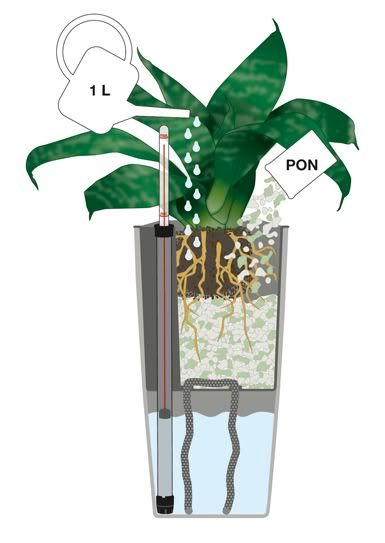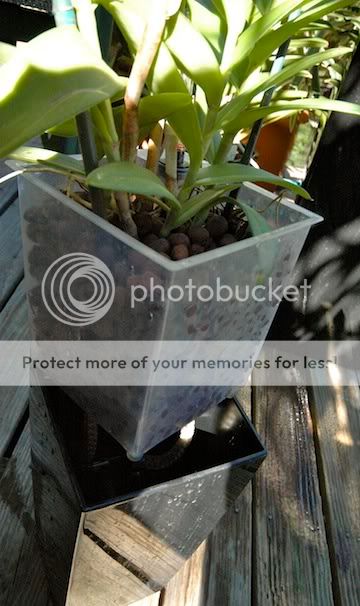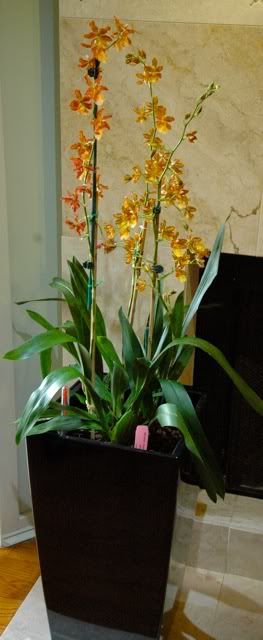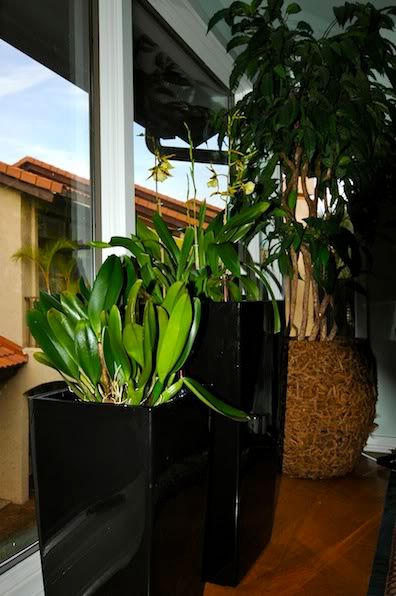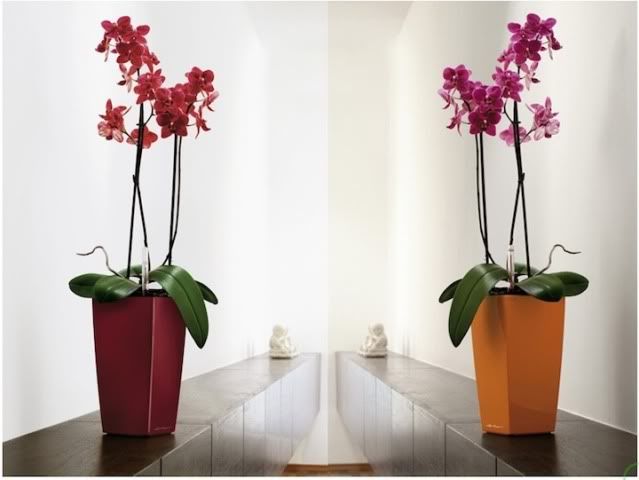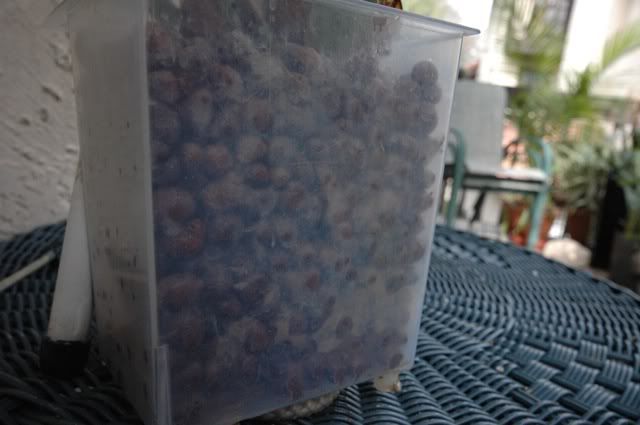Hawke,
I apologize if you think I was talking down to you. I was merely reacting to my perception of your comment (my background is materials science and engineering), while attempting to have a logical, and truly scientific discussion of functionality.
First Rays is more of an overgrown hobby than anything else, and if you believe I focus on making money on deli containers, you need to rethink that.
Back to logic and science for a moment: there are advantages and disadvantages in every pot design.
My point in bringing up the S/H pots was merely to contrast their overall workings with those of the Lechuza pots. There is another design out there sold under both "Luwassa" and "Leni" brands that are sort-of in between - like the Lechuza pot, the plant and medium are in a net "culture pot" with a solid plastic reservoir container and float gauge, but more like my S/H pots, the LECA sits directly in the reservoir liquid rather than relying on a string wick. As I stated previously, that arrangement yields a greater mass flow of nutrient bearing liquid upward than a string wick can ever provide.
On the other hand - and something that is far more difficult to do in the Lechuza and impossible in the S/H pot - their reservoirs can be overfilled to the point of drowning the root system.
An additional disadvantage of them (and the S/H pot) is the fact that being in direct contact with the reservoir, the liquid can become more easily contaminated with plant waste products. Fortunately, the design of the S/H pot allows an easy way to deal with that, but the Lechuza, Leni, and Luwassa pots do not. (Hmmm. I guess I need to think of a new name for S/H pots that starts with "L".)
I will acknowledge - again - that the Lucheza and Leni/Luwassa pots are far more aesthetically pleasing than are the deli containers, especially with a nice algae growth, but that can be easily overcome with a pot-cover of some sort. I have plants in the Leni/Luwassa type pots, but tropical house plants, not orchids. When you have a large collection, it's foolish to set yourself up to going from plant to plant reading gauges to determine when you need to water.
Going back to the "more air flow" notion for a moment, I see that the medium ("Lechuza-Pon") used is of a relatively small particle size - probably somewhere in the neighborhood of 1/8-1/4", and is fairly irregular in shape. Combined, those result in denser packing and smaller open spaces between the particles. Those smaller open spaces restrict air flow more than do those in the typical 1/2" or larger LECA particles used in the other growing systems. Smaller spaces can also lead to other "issues" in orchid culture:
- "Bridging" water droplets can clog the airways. When one waters, most of the liquid pours through the medium, some of it is absorbed by the particles, and some is held in place between particles by surface tension. If the voids are small, those droplets can completely fill the voids. (I believe it is that phenomenon that led to the lore that "orchids need to dry between waterings". Yeah, a dense medium may need to dry out, but that's to let enough water evaporate so that the bridging water goes away and the roots can breathe again.) I suppose it is fortunate that Lechuza uses a string wick to feed the medium, as if it was in direct contact with the liquid, a fairly large volume of it would be permanently "bridged".
- Orchid roots - being somewhat "fat", can also completely fill the voids, leading to self-suffocation.
I suspect that the Lechuza system is ideal for tropical houseplants, especially if your goal is low maintenance. I simply don't see it as being particularly viable for orchids in general (there may be a few for which it's fine). Once you use a medium that is more open for the benefit of the plant, I doubt that the string would wick sufficiently to sustain the moisture content above - especially as the larger spaces mean there will be more airflow and a greater evaporation rate..








